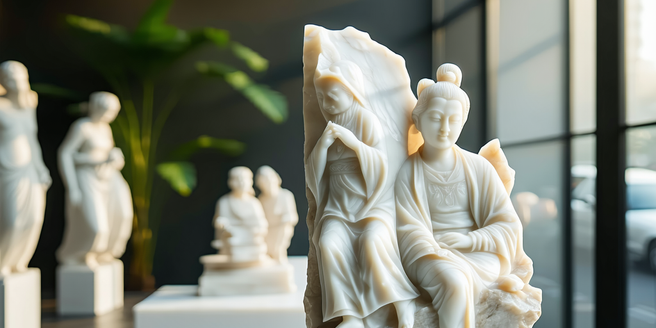Artistic Competitions: Winning Creative Contests

Understanding the Different Types of Artistic Competitions
Artistic competitions come in various forms, each with unique characteristics that cater to different creative skill sets. From painting and sculpture to digital arts and photography, these contests can be specialized by medium or theme. Open competitions might invite artists from diverse backgrounds, while juried contests feature panels of experts evaluating the entries. Some contests, like themed exhibitions, allow artists to explore specific topics, while others emphasize technical prowess or creative innovation. Knowing the type of competition helps in selecting the right piece, ensuring it aligns with the thematic goals and judging criteria. This understanding not only improves an artist’s chances of success but also enriches their creative journey by offering diverse experiences and challenges.
Preparing Your Artwork: Tips for Success
Proper preparation is crucial to ensuring your submission stands out in any artistic competition. Start by understanding the guidelines and constraints, as these will influence your creative decisions. Ensure your artwork is properly finished, with attention to detail in presentation and framing, as this can have a big impact during judging. High-quality photographs of your work are essential if submissions are digital—consider hiring a professional if necessary. Make sure all paperwork, such as artist statements and descriptions, is error-free and thoughtfully composed. Finally, adhere to submission deadlines closely, giving yourself extra time to tweak and perfect your entry. By preparing thoroughly, you make sure your creativity shines through in its best light.
Crafting a Compelling Artist Statement
An artist statement is more than just a description of your work; it’s an opportunity to connect with the judges on a deeper level. Start by articulating the inspiration and motivation behind your piece. What themes are you exploring, and why do they matter? Be authentic and personal, using clear language that avoids jargon. Describe your process and the mediums you’ve chosen to give insight into your artistic choices. The statement should enhance understanding and appreciation of your work, offering a narrative that draws the reader in. Keep it concise but impactful, enough to leave a lasting impression on the judges. A well-crafted statement can be a powerful complement to your visual submission.
Strategies for Standing Out in a Creative Contest
To distinguish yourself in a creative contest, it’s crucial to be both innovative and authentic in your expression. Begin by thoroughly researching past winners to understand successful traits and integrate those learnings with your unique style. Emphasis on originality can set your work apart, while a distinctive use of color, form, or technique can capture the judges’ attention. Consider the story your artwork conveys, as emotional resonance often leaves a lasting impact. Avoid trends that don’t resonate with your vision; staying true to your own perspective often pays off. Moreover, presentation is key, so invest in quality finishing touches and display. By combining creativity with well-thought-out presentation, your submission can stand out in a sea of entries.
Learning from Past Winners: Insights and Inspiration
Examining past winners of artistic competitions can provide invaluable insights and inspire new avenues of creativity. By analyzing these works, you get a sense of what judges value, whether it’s innovation, technique, or emotional impact. Past winners often demonstrate a clear narrative or theme, executed with precision and originality. Studying their artist statements can reveal how they communicate their vision and connect with the audience. Additionally, insights into how these artists prepare and present their works can inform your own approach. Learning from those who have succeeded helps you refine your craft, offering inspiration and strategies to enhance your own submissions, ensuring you too can captivate and impress your audience.
Navigating the Post-Competition Experience
After the thrill of competition ends, understanding how to navigate the post-competition experience is essential for long-term success. Reflections on feedback—whether positive or critical—can provide direction for future artistic development. Networking with fellow contestants and jurors can open doors to collaborative opportunities and constructive critique. Whether you win or not, participate actively in related exhibitions or events, as they offer visibility and validation. Keeping a balanced perspective helps maintain motivation; remember, each competition is a step in your broader artistic journey. Use the exposure to build your portfolio, and view every experience as a learning opportunity for personal and professional growth.